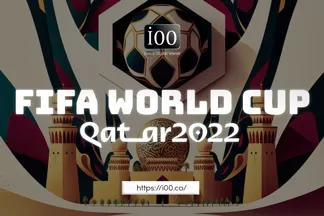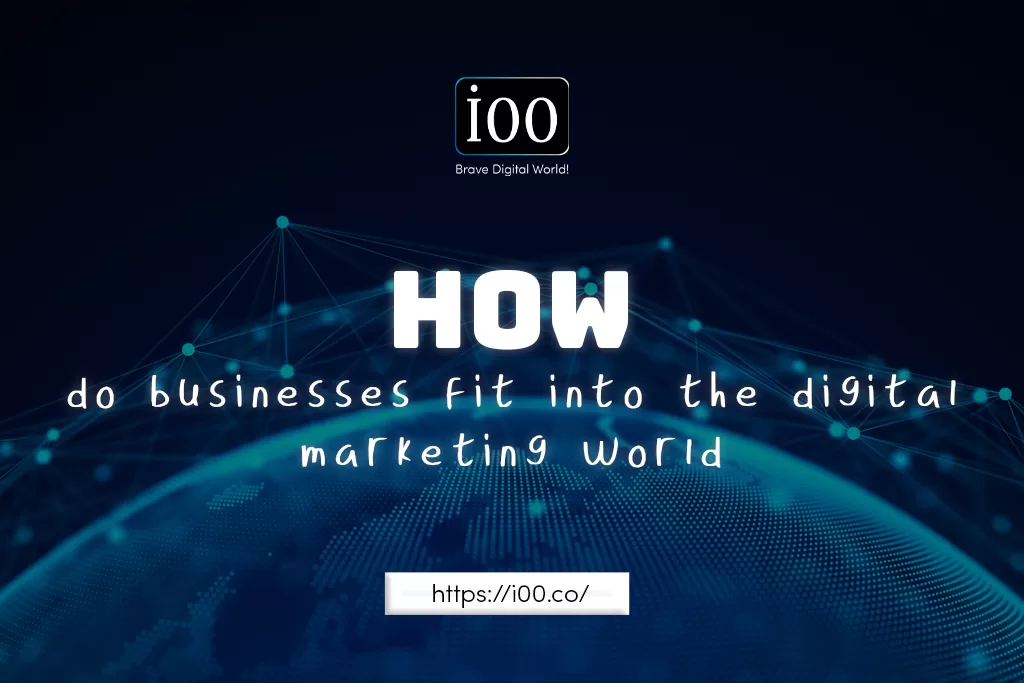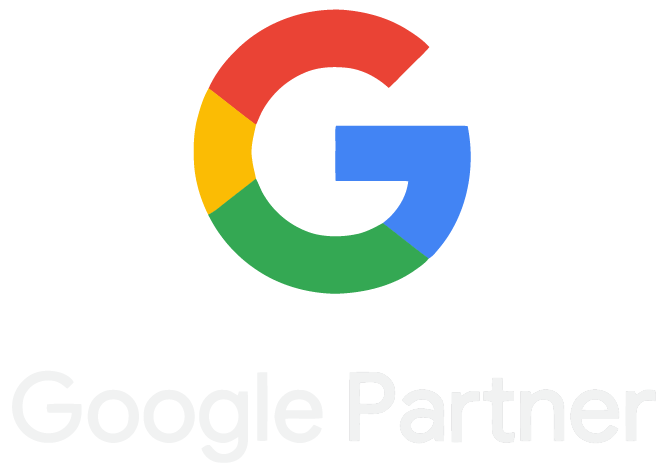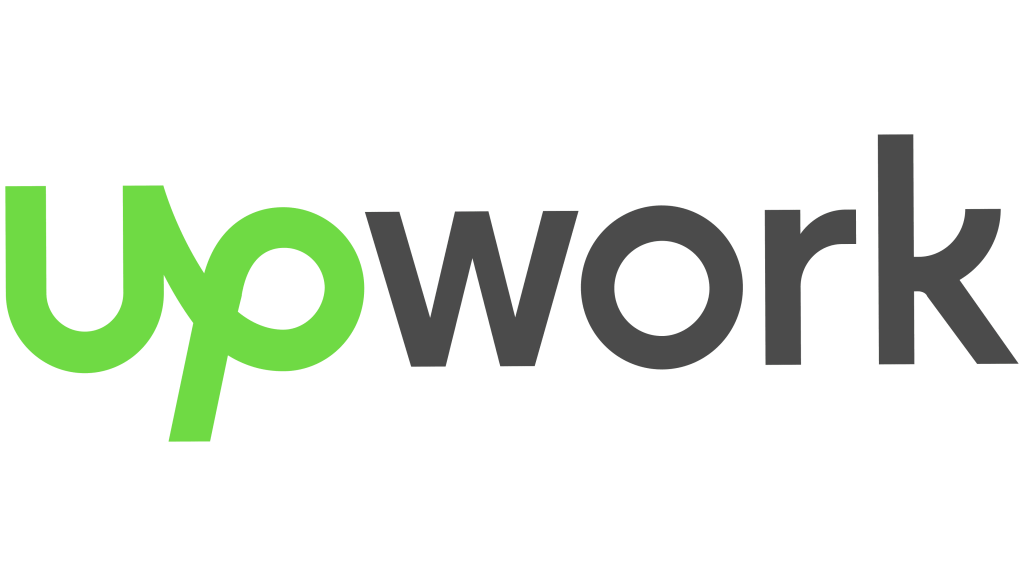Is it expensive or is it CPC inflation?
In today’s digital-driven business landscape, the rising costs of advertising have become a pressing concern for marketers and businesses alike. Among the notable contributors to this inflation is the Facebook ads price increase and CPC inflation (Cost-Per-Click). As the world’s largest social media platform, Facebook plays a pivotal role in digital marketing strategies, making its price hikes and CPC fluctuations significant factors influencing overall digital marketing cost increases. In this article, we delve into the underlying reasons behind these rising expenses, explore the implications for businesses, and present valuable insights and strategies to effectively manage and optimize digital marketing investments amidst these challenges.
What is CPC (Cost-Per-Click)?
CPC is a method of driving visitors to your website in exchange for a price per click. For example, with Google Ads, the corporation pays upfront and is paid a price for each click which results in the top spot for each Google search. In Google Advertisements, your CPC is determined by an auction algorithm that takes into account a variety of factors to decide where your ads appear and how much you pay. These elements include your quality score, competition, bidding technique, and targeting.
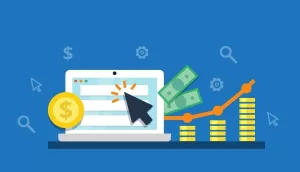
What is inflation?
Inflation is defined as a loss in the buying power of money caused by an increase in the price level of goods and services. This essay will concentrate on CPC (Cost-Per-Click) Inflation.
What is CPC inflation?
 Inflation is occurring all around the world, affecting everything from food to makeup products – and even digital marketing. In summary, the impact of inflation on digital marketing is that some marketers are cutting back on expenditure or achieving more with less, and concentrating their efforts on lower-cost, current consumers. We’ve all seen price increases in our supermarkets and restaurants, and we’ve also seen price increases in the realm of digital advertising. Most typically, in PPC, this refers to a noteworthy increase in prices (CPCs), whose rise much outpaces that of traffic demand. This is known as “CPC inflation,” and all indications are that CPC expenses will continue to skyrocket until the conclusion of the fiscal year (source). When all other variables appear to be the same, CPC inflation is the progressive increase in average cost-per-click over time. It means you’ll have to pay more per click to retain your average rank or impression share.
Inflation is occurring all around the world, affecting everything from food to makeup products – and even digital marketing. In summary, the impact of inflation on digital marketing is that some marketers are cutting back on expenditure or achieving more with less, and concentrating their efforts on lower-cost, current consumers. We’ve all seen price increases in our supermarkets and restaurants, and we’ve also seen price increases in the realm of digital advertising. Most typically, in PPC, this refers to a noteworthy increase in prices (CPCs), whose rise much outpaces that of traffic demand. This is known as “CPC inflation,” and all indications are that CPC expenses will continue to skyrocket until the conclusion of the fiscal year (source). When all other variables appear to be the same, CPC inflation is the progressive increase in average cost-per-click over time. It means you’ll have to pay more per click to retain your average rank or impression share.
The following are some of the causes that might be increasing your CPC.
1- Google’s Competitive Environment
The competition landscape for Google Ads is a complicated one. The more parties who participate in this system, the higher the bids get. While the cost per click for Google Ads has been operating for over two decades, it is continuously growing in popularity. To maintain parity, you must spend more money on advertising.
2- Your Quality Rating
While Google’s algorithm will always be shrouded in secrecy, one thing is certain: it values quality above quantity. Google Ads provides a quality score for each piece of content you post by matching its wording to popular keyword search strings. What is the secret to successfully avoiding higher CPC costs? Publishing high-quality content increases your quality score, propelling your ad campaigns to the top of the SERP.
3- Ads are becoming bolder
 Because of the enormous number of extensions and other ad components that now show for many advertisements ranking for the top places, the advertising space at the top of the page is greatly constrained. As a result, the size of the ad space at the top of the page has a significant influence on increasing CPC prices. The ad column on the right side of the screen has vanished. Instead, all advertisements are now shown above the fold. To make matters more difficult, ad space on the first page is far more limited than in prior years. In recent years, Google has made a number of adjustments to its search engine results pages (SERP). They are providing more advertising space for companies who appear at the top of the page, but far less for those who do not. The prominence of Google Shopping advertisements also pushes conventional text ads further down the page, lowering click-through rates.
Because of the enormous number of extensions and other ad components that now show for many advertisements ranking for the top places, the advertising space at the top of the page is greatly constrained. As a result, the size of the ad space at the top of the page has a significant influence on increasing CPC prices. The ad column on the right side of the screen has vanished. Instead, all advertisements are now shown above the fold. To make matters more difficult, ad space on the first page is far more limited than in prior years. In recent years, Google has made a number of adjustments to its search engine results pages (SERP). They are providing more advertising space for companies who appear at the top of the page, but far less for those who do not. The prominence of Google Shopping advertisements also pushes conventional text ads further down the page, lowering click-through rates.
4- Exact Match is a Broad Match
It’s no secret that Google likes machine learning; however, it appears that they don’t enjoy perfect matches as much. Every minute of the day, Google’s search algorithm evolves, changes, and expands.
Google has gradually modified the method it gets search results to keep up with the volume and complexity of the average search.
It was working like that before: The Google Ads engine prioritized results that matched the input term. After that, they moved on to keyword variants.
The system now incorporates wide, semantic matches, as well as comparable terms. Your PPC campaigns’ keywords may be becoming watered down, resulting in higher prices.
To begin, in 2017, Google replaced exact match keywords with ‘near variants,’ which broadened the targeting to include searches with minor variations on your phrase. According to Google’s example, ‘red lipstick’ and ‘red colored lipstick’ are synonymous.
Google modified this again in September 2018 to further dilute precise matches. Your exact match keywords would then be used to target queries that share the same meaning, such as inferred terms, synonyms, and paraphrases.
Check your search query data if you notice large fluctuations in your exact match keyword CPCs year over year. You may discover that they are targeting significantly more than they were previously; this might have a negative influence on your Quality Score and boost your CPC if not relevant.

Back in our day,
Digital marketing cost increases in numbers
According to a new analysis, Google’s cost per lead has climbed in 91% of sectors. The data was gathered from about 79K customer campaigns that ran search advertising between October 2021 and September 2022. Arts and entertainment (up 134%), travel (up 69%), and furniture (up 54%) have been the most impacted industries.
Finance and insurance had a 2% drop in cost per lead, while education and instruction saw a 29% decrease. Inflation, wide keyword matching, and competition are thought to be the causes of the rise. It seems obvious that the businesses listed above are affected, as during and post-pandemic, individuals are searching for things to do outside the house, traveling more often, and continuing to observe supply problems affecting furniture deliveries. CPC has increased somewhat, with around 57% of industries affected. CPC decreased in 2020 and 2021 as well (-4% and -1%, respectively), but increased by 6% in 2019 (source).
In Conclusion
The inflation in digital marketing costs, driven in part by the Facebook advertising cost increase and PPC (Pay-Per-Click) inflation, has presented a complex landscape for marketers to navigate. As businesses increasingly embrace the digital realm to reach their target audiences, the intensified competition for ad space has led to significant cost escalations. Despite these challenges, there are opportunities for savvy marketers to adapt and thrive in this evolving landscape.
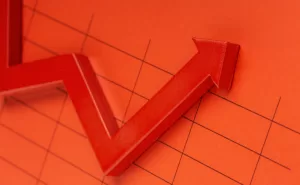 To effectively manage digital marketing cost inflation, businesses must focus on a multi-faceted approach. First, a thorough analysis of advertising performance metrics can provide valuable insights into the effectiveness of campaigns, helping marketers optimize their strategies and allocate budgets wisely. Additionally, diversifying advertising channels and exploring alternative platforms beyond Facebook can mitigate the impact of cost increases and provide a more balanced and cost-effective marketing mix.
To effectively manage digital marketing cost inflation, businesses must focus on a multi-faceted approach. First, a thorough analysis of advertising performance metrics can provide valuable insights into the effectiveness of campaigns, helping marketers optimize their strategies and allocate budgets wisely. Additionally, diversifying advertising channels and exploring alternative platforms beyond Facebook can mitigate the impact of cost increases and provide a more balanced and cost-effective marketing mix.
Moreover, staying up-to-date with the latest industry trends and technological advancements can help marketers leverage innovative tools and strategies to maximize their return on investment. Engaging with niche audiences, tailoring content, and crafting compelling ad creatives are essential elements in engaging customers and driving conversions without compromising the budget.
In conclusion, while the inflation in digital marketing costs, including Facebook advertising cost increase and PPC inflation, has presented challenges, marketers who adapt to the changing landscape with a data-driven and innovative approach can successfully navigate this dynamic environment. Embracing these strategies and remaining agile will enable businesses to not only weather the cost inflation storm but also thrive in the competitive digital marketing arena.



